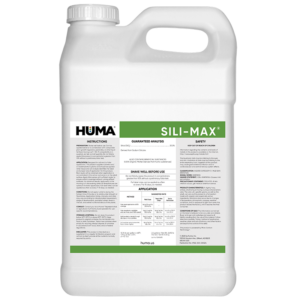OM 3-2-4
Benefits of Use:
- Provides quick N-P-K crop response and can be applied just prior to actual crop need
- Can be applied foliarly (according to label directions) without risk of phytotoxicity
- Resists tie-up in the soil and remains available through the plant root system
- Resists nitrogen leaching and volatilization
- Aids in phosphorus uptake in cold, waterlogged, high-pH, or calcareous soils
- Moves with irrigation water to aid in proper placement
- Can be effectively tank-mixed with other organic crop inputs
FAQs
Related Products
Related Case Studies

OM 3-2-4 and OM Micros Liquid Fertilizers Increase Organic Cantaloupe Yield 120%
Summary In this study of Huma® organic macronutrient (OM 3-2-4) and micronutrient (OM Micros) liquid products compared with a grower’s standard treatment on organic cantaloupes applied under field conditions in Arizona, the Huma® organic treatments powered by a proprietary Micro Carbon Technology® resulted in a 120% yield increase with a 3-to-1 return on investment (ROI).
Related Blog Posts

Flooded Fields, Missed Chances: The Cost of Untimely Rain
Too much rain at the wrong time can ruin a season. In May, Delta farmers were hit with nearly double the average rainfall, flooding fields and delaying crucial work. From missed nitrogen applications to replanting setbacks, timing is everything—and this spring, Mother Nature threw a major curveball.

This Week in Ag #31
#Harvest23 is here! If all goes well, I should be harvesting my corn plot this week. The beginning of fall brings excitement and optimism to the farm. But this year, those feelings appear tempered. Farmer sentiment dropped 8 points last month (according to the Purdue Ag Economy Barometer) as producers shared a dimming view of

Huma Gro® Fertilizer Products Increase Cucumber Yields at ROI of 113%
The Huma Gro® fertilizer treatment increased the cucumber yield by 2% (8 bushels per acre) over the Check, with a return on investment (ROI) of 113%.






